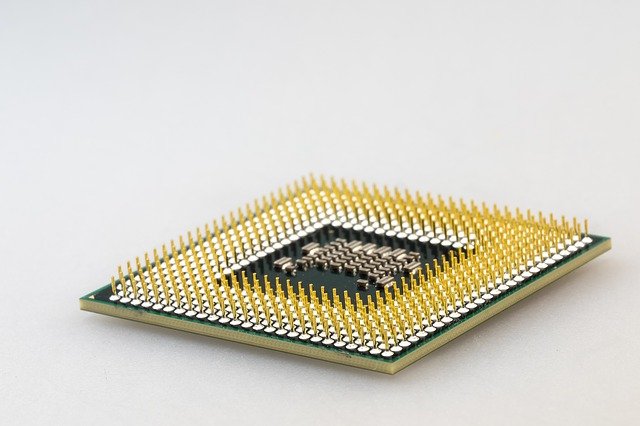IoT software engineering: The new wave of IoT development – TechTarget
IoT devices give organizations the capability to automate various business operations, including everyday activities.
Device integration can include connecting mobile phones, TV, smartwatches, laptops and sensors — such as accelerometers or gyroscopes — with one another. IoT infrastruct…….

IoT devices give organizations the capability to automate various business operations, including everyday activities.
Device integration can include connecting mobile phones, TV, smartwatches, laptops and sensors — such as accelerometers or gyroscopes — with one another. IoT infrastructure and devices must communicate efficiently to make the devices operational for business and consumer use cases. This is where IoT-oriented software engineering comes into play.
IoT software engineering refers to the systematic development of IoT infrastructure using a blend of software and hardware solutions. IoT software engineering deals with data collected via sensors and processes it to make sense for real-world applications with intuitive UI and visual representation.
IoT has applications in many fields, such as aviation and avionics for status checking and sustainable activities, the automobile industry for engine parameters and vehicle safety, broadcast communications or even entertainment. Some of the growing popular applications include:
- smart cities
- construction
- smart power grids
- medical services
- smart market-based analysis
IoT software development technologies
For developing IoT software solutions, organizations require three components: the development platform, OS and programming language.
IoT development platforms
Building and launching an IoT-based product starts with a platform. Developers must consider different characteristics offered by each platform to find their ideal fit. Here are a few examples:
- IBM Watson. Tech giant IBM offers Watson as a platform for the development of IoT solutions. It provides quick and secure implementation, online data analysis and critical risk visualization.
- Azure. Microsoft offers the Azure IoT development platform with capabilities such as data collection, analysis and visualization. Developers can also scale the IoT application and increase the interoperability between more devices without making vast changes.
- AWS. The benefits of choosing AWS IoT include AI integration, multilayered security and scalability. This development platform also offers device software, connectivity and control, and analytics services.
IoT OSes
Generally, IoT systems consist of low-powered processing units, small RAMs and restricted storage. These limitations mean the OS needs to be lightweight and not resource hungry. The following are some of the available OSes:
- Raspbian. A widely popular OS for IoT systems, Raspbian is optimized for Raspberry Pi hardware. The OS is easy to use and compiles more than 35,000 packages.
- Arm Mbed OS. This OS is an open source OS that meets all the requirements for IoT systems. Mbed OS features multilayer security as well as drivers for Bluetooth connectivity, thread, 6LoWPAN, Ethernet and Wi-Fi.
IoT programming languages
Picking the right programming language is also crucial for developing IoT applications. With limited resources on hand, the code needs to be short and easy to compile. Here’s a list of IoT-based programming languages:
- C and C++. Both widely known languages are written with a hardware perspective in mind.
- Java. Known as the mobile programming language, Java is compatible with various peripheral devices and is well suited for IoT devices.
- Python<…….





